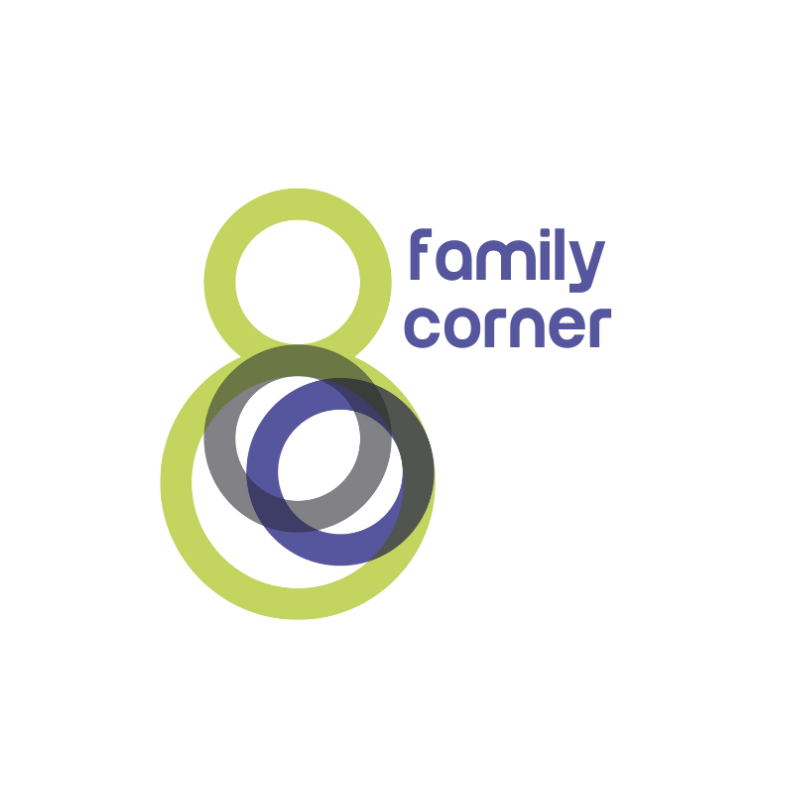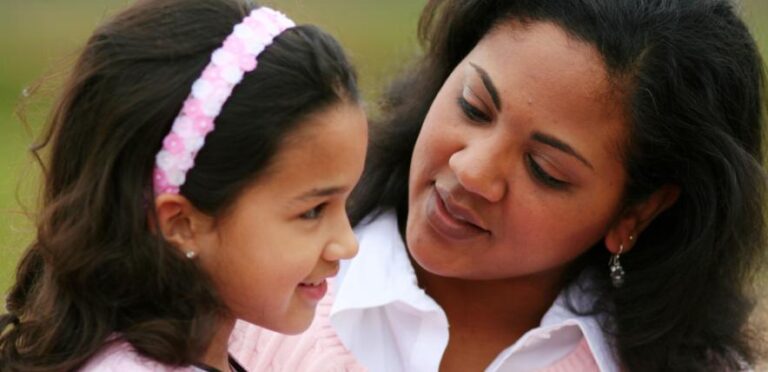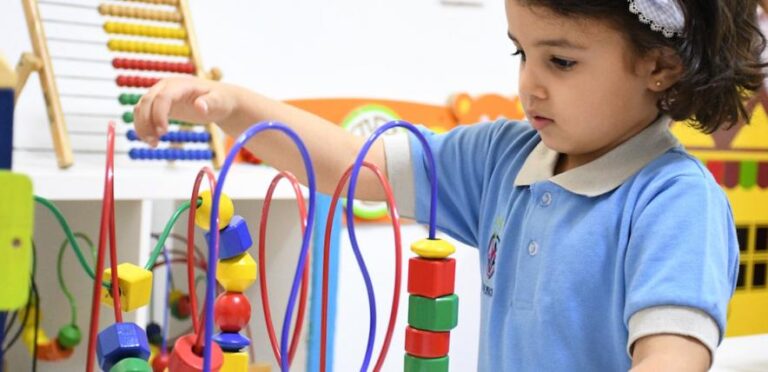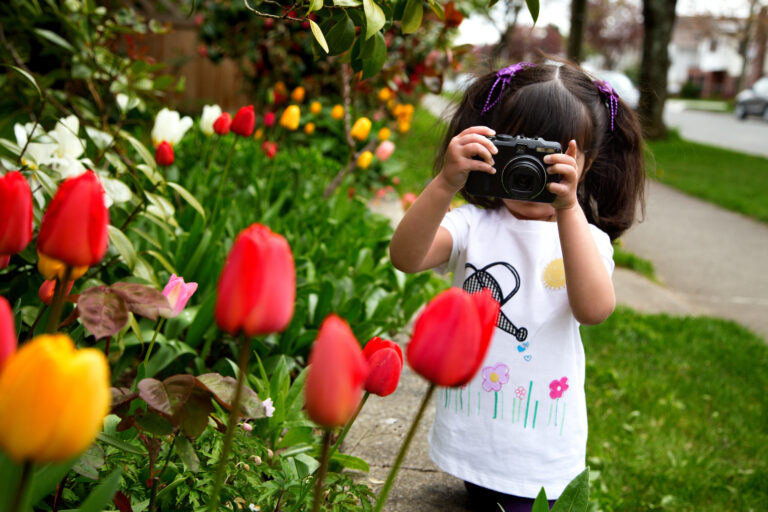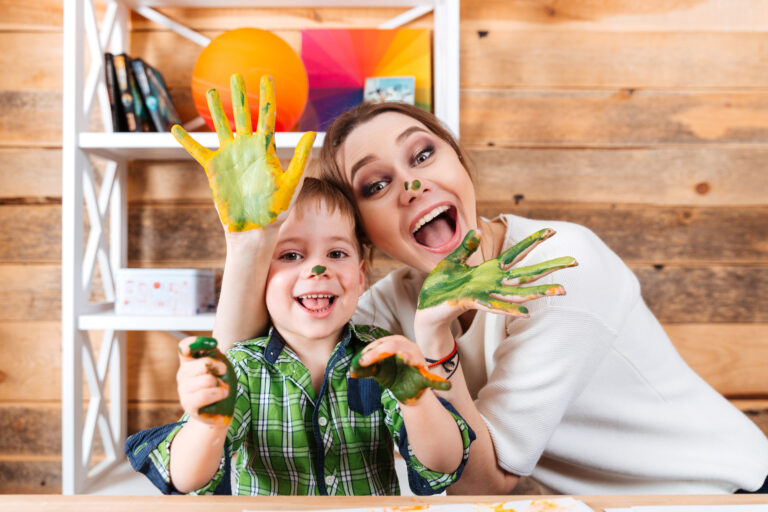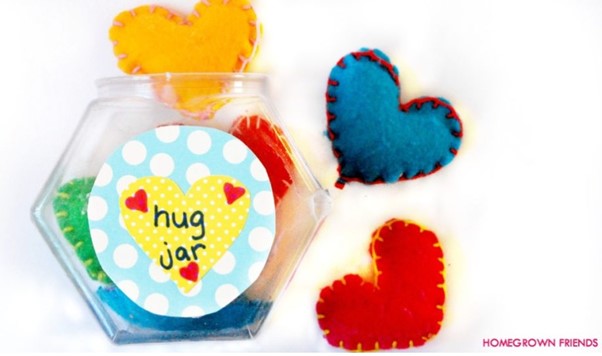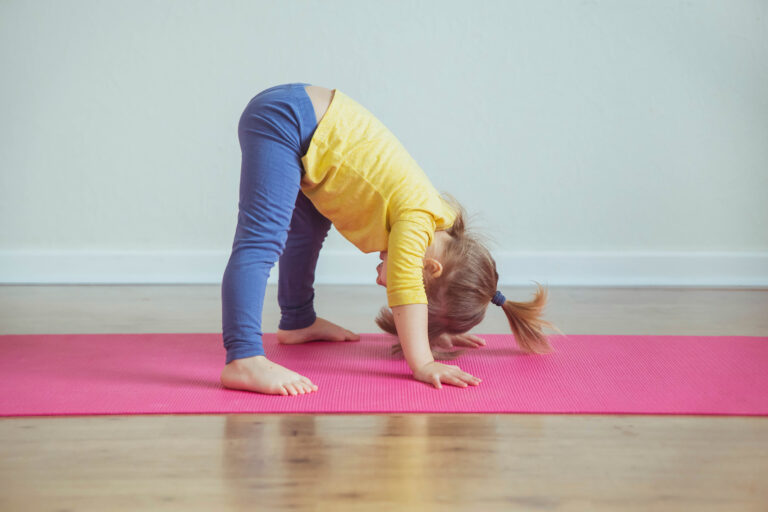By Nicky Sanford
What’s in a question?
Throughout each and every day, our conversations and discussions with other people are full of questions! Why? Where? What? Who? Which? and How?
But as well as these ‘openers’ to questions there are so many other reasons to use them too.
Questions to build relationships… such as “How are you today?”
Questions to build knowledge… such as “Why is the grass green?”
Questions to test knowledge… such as “What number is this?”
Questions to offer choices… such as “What would you like for dinner?”
Using questions to extend learning
As parents of young children, our days can be full of questions just like these.
But there are also different ways for adults to use questions to extend children’s learning and thinking skills and there are some easy ways to think about how to do this.
It’s often easier to present a questions as ‘closed’ i.e. one that can be answered by a single word, often ‘yes’ or ‘no’.
Clearly these do not help to build vocabularly, or choices or allow children to grow and expand in their knowledge — or for adults to really think about what their child is learning.
Imagine a scenario where a child and adult are building together with the wooden blocks.
Here are some closed questions:
“Shall we put this block here?”
“Do you want the red one next?”
“Is this the biggest block you have?”
“Shall we knock it over now?”
While the shared experience may be enjoyed by both parties, there are many learning opporutnities that might be missed!
Now consider the same scenario with more open questioning:
“Where shall we put the next block?”
“Why did you choose to put it at the top?”
“Which colour shall we add next? Let’s find all the blocks of that colour.”
“Can you show me a block that’s bigger than mine?”
“How big can we make the tower before it wobbles over?”
“What can we do to make it more stable?”
“What do you think will happen if we put this block right at the top?”
“What do you think this might be used for?”
The conversation that follows after these types of questions might be more engaging, interesting and provide the opportunity for longer conversations and introducing new vocabulary.
Promoting thinking and problem-solving
While not strictly ‘questions’, there are many other ways and words you can use to promote children’s thinking skills and problem solving abilities.
For example, “Tell me about your picture”, “Explain to me why you like football so much”, “Describe the best thing that happened at school today”, “Show me what you could do with this”.
Using such an approach has many benefits for young children as it helps them to construct more meaningful answers, and enables a deeper exploration of specific topics that might interest them.
Children learn from the adults around them and so by asking leading questions parents and other adults will move children on to be more naturally curious and engaged — after all if you are interested they will be to.
Modelling how to ask questions is an essential skill as children grow, particularly as they enter formal schooling, and by learning how to structure questions children will then begin to use these skills later on when talking and playing with others.
Finding out the answer together
In my view, one of the most valuable experiences is exploring and finding out together, so ask questions that you don’t know the answer to, explore and test theories, experiment and find out together — it’s ok to say that you don’t know the answer!
Discovering the answers together can be fun too, whether it’s by taking a trip to the library, asking other people or searching the internet. Learning how to carry out research is also a valuable lifelong skill for a child to help them understand and learn.
So often, I hear parents ‘testing’ what children know… “What colour is this?”, “What number is this?”, “How many have you got?”, “What’s your name?, and they can only answer these if they already know the answer!
While there is, of course a place for checking children’s knowledge, often it becomes a chore for children as they are aware that you know that they know the answer!
So by simply turning around the ways these questions are phrased, children can feel more involved and may be happy to impart their knowledge and understanding, building their confidence and extending their communcation skills.
For example:
“Can you fetch me the pink pencil?”
“Let’s have a look and see what colour the sky is today.”
“I can see something the same colour! Can you find it?”
“How many bananas do we need so everyone can have one?”
“This letter needs to be posted to the house with a number 4 on it. Can you show me which house it is?”
Keep asking and answering
Once children have experienced lots of questions, its only natural for them to start asking them too.
Take the time to answer their questions, even if you feel it has been asked a hundred times!
And don’t stop at the simple answer — children often love the complex explanations, and will absorb all the information that is passed to them.
So when presented with “Why is the grass green?”, don’t be afraid to share details of chlorophyll and pigments.
Keep answering the questions and you’ll soon hear this newly gained knowledge coming back in different situations.
And lastly, always remember that we can continue to learn from our children so asking and answering questions can be good for you both!
Written by Nicky Sanford for the Early Years Alliance. Nicky worked as an early years teacher for 15 years and currently works in a village pre-school.
